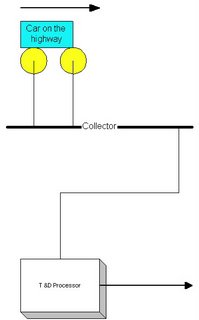The companies providing outsourcing services could be local (large, mid size and small), offshore (large, mid size and small) and a newly added entity of domestic laid-off workers who would desperately look out for survival may be in small groups or in individual capacities.
The latter entity would put definite price pressure on the smaller companies providing outsourcing services. In my opinion this will affect the local smaller service providers more and offshore service providers also to some extent.
On the buy side, from cost considerations, the disequilibrium might trigger organizations to take challenges and more desperate decisions by shifting the outsourcing contracts from larger organizations to no-frills organizations (medium and smaller sized companies) with good track records. Even they might choose to outsource to their laid-off employees who they know to be efficient for years but had no choice than to let them go.
The small business houses providing outsourcing services have to religiously realign their offerings with more standardization, trying to bring down the cost of offerings and time of delivery. I also think any approach towards making their offerings more sustainable in nature would be well accepted by the turbulent economy.


